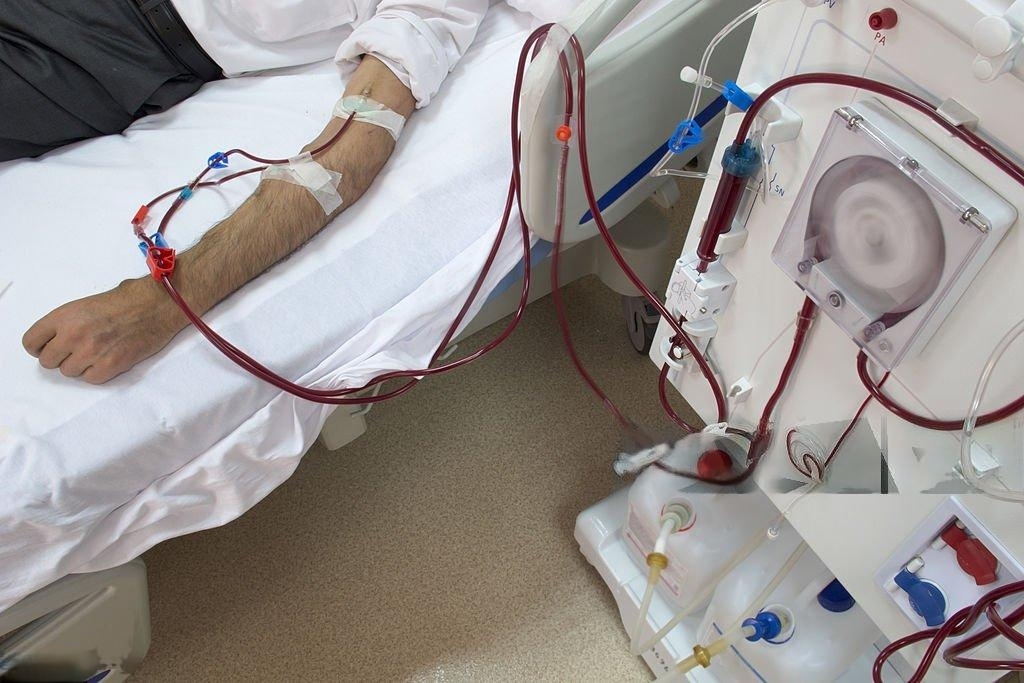Hemodialysis the technique behind the artificial kidney for blood cleaning.
Hemodialysis is a medical procedure used to treat kidney failure (also known as end-stage renal disease, or ESRD) when the kidneys can no longer effectively filter waste, excess fluids, and toxins from the blood. It involves using a machine called a dialyzer, or artificial kidney, to do the work of the kidneys. Here’s how it works:

- Blood Removal: During the procedure, blood is drawn from the body through a tube (usually from a vascular access point, such as a fistula or catheter).
- Filtration: The blood passes through the dialyzer, where a special membrane filters out waste products like urea, creatinine, and excess electrolytes (e.g., potassium, sodium), while retaining essential components like red blood cells and proteins.
- Clean Blood Return: After filtration, the cleaned blood is returned to the body.
Typically, hemodialysis sessions last around 3-5 hours and are done three times a week. The procedure helps to maintain balance in the body when the kidneys are no longer able to function adequately.

